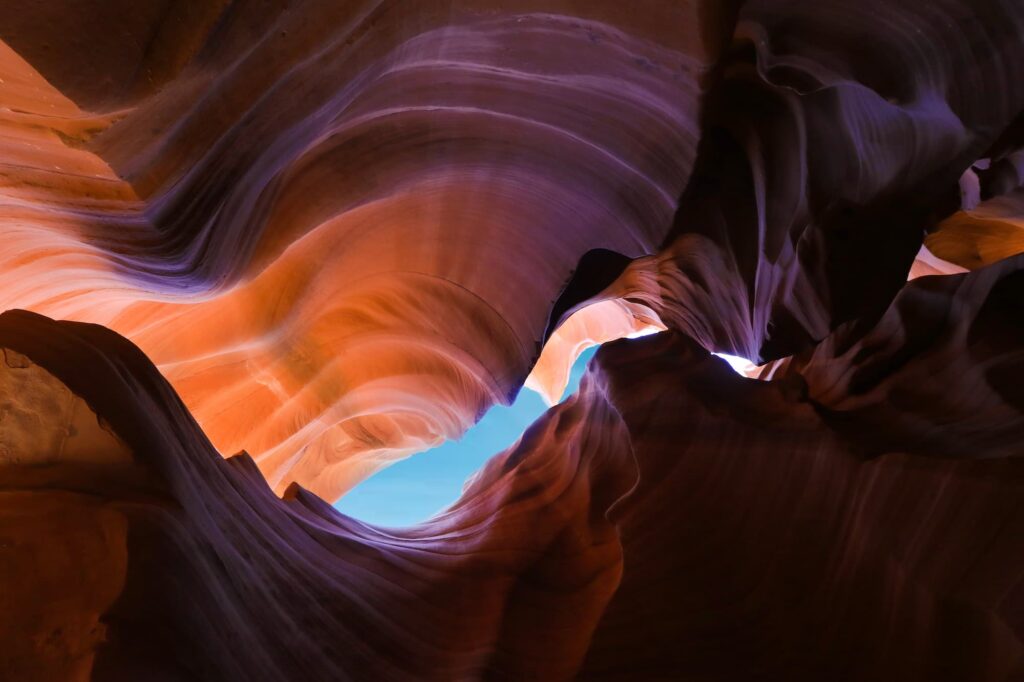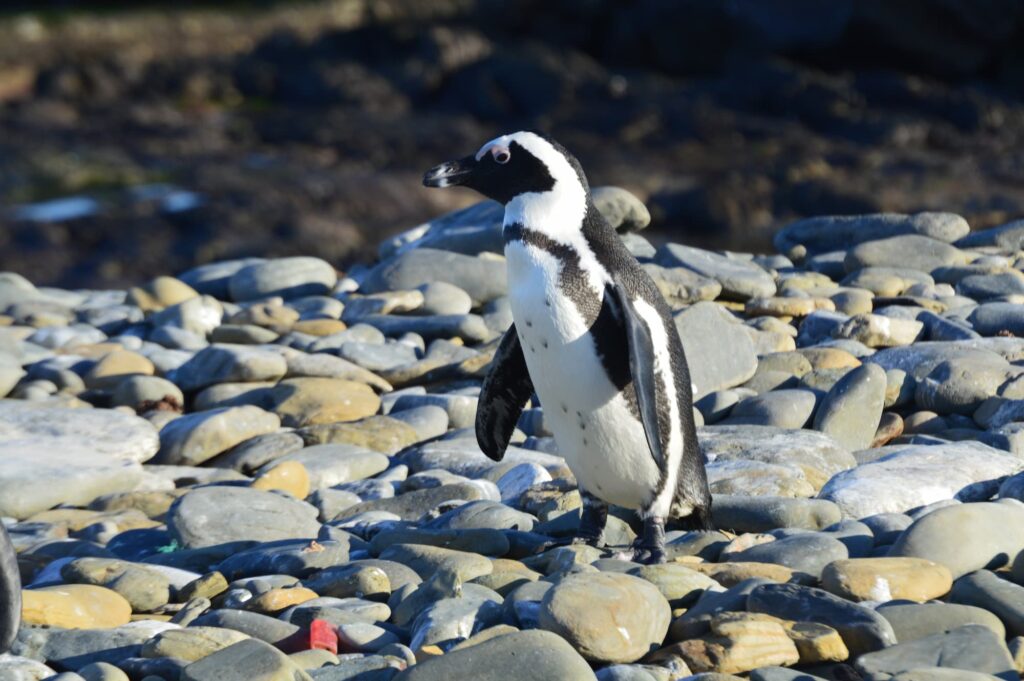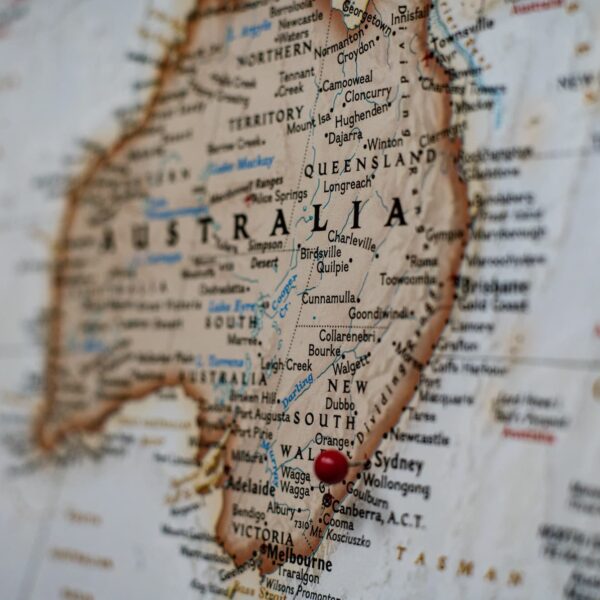The landscape of Australia is so interesting and diverse that it attracts travellers from all over the world. You can plan your own holiday or take advantage of a travel agent to visit the faraway destination. Australia is a touring destination mainly for outdoor enthusiasts. Likewise, those who like to play online casinos https://onlinecasinozonder.nl/ do.
Whitehaven Beach, Queensland
Australia is an increasingly popular destination, with many travellers including Whitehaven Beach, which covers about 7 kilometres and skirts the Whitsunday Island coast. It’s easy to reach, with boats running every 30 minutes from the ports of Airlie Beach, Shute Harbour. Similarly, tourists can get there from Hamilton Island. A triathlon competition is held each year in the last month of autumn. Whitehaven Beach is voted Australia’s top holiday destination. It was voted number one in the South Pacific’s beaches rankings in 2015.
The clearest water combined with the white sands beckons tourists. The beach surface took millions of years to form and is made up of polished shells. The sand has a surprising feature – it does not conduct heat and does not get warm, it is pleasant to walk on it barefoot.
Red Lake, Cape Hillier, Western Australia
Located in Western Australia, this reservoir is unique because of its unusual colour. You need only close your eyes and stretch your imagination to enjoy the moment. At the heart of Middle Island there are sandy shores that fade into lush rainforest. Hidden behind the branches of the trees is a beautifully beautiful body of water. Its hue is reminiscent of a doll’s outfit. The scent of sea breeze and eucalyptus soaks into the air. The body of water looks so unusual that travellers think they’re in a sci-fi movie. Samples of water from the lake have been repeatedly studied in laboratories, but the exact composition could not be established. All that is known is that it contains mineral salts, but it is not clear in what proportions.
Pinnacles, Western Australia
The landscape in the south-west of the Australian mainland is mostly sun-burned plains. Here you’ll find the small but tourist-attractive Pinnacles Desert. The name literally translates as “pointed rocks”. Large blocks of limestone with an unusual configuration emerge from the earth’s interior. They vary in height from 1 to 5 metres. Scientists from around the world are trying to establish the true causes and conditions of their occurrence.
The Pinnacles desert remained unexplored until the 1960s. It was only after becoming part of a national park that it was opened to tourists. August to October is the ideal time to visit the area. Spring arrives in the Pinnacles, heat-tolerant plants are covered in emerald foliage and the local flora is in bloom. Dawns and sunsets are particularly beautiful in the desert. In the evening, kangaroos and ostriches appear in the valley.

Culbarry Canyon, Western Australia
It is recommended you plan your Australian trip to include a visit to Culbarry Canyon, in the Western Australian Outback. It is adjacent to the town of the same name and the surrounding countryside is truly stunning. Nature has actively experimented with the elements here. The ocean waves are huge and present all year round. Tourists will also enjoy the reef and rock spots, which can only be handled by experienced surfers.
Hikers can explore the trails and take in the spectacular views of the red rocks and emerald forests. The town of Kalbarri, founded in the 1950s, has many beautiful cliffs. The national park of the same name is just south of it. Surviving in this windswept region is not easy, but the views are spectacular. The red-and-white gorges cut by the Murchison River in the cliffs on their way to the Indian Ocean are part of many excursion programmes.
Bangle Bungle
The Bungle Bungle Range is separated from the town of Halls by 190 km. Scientists believe the sand ridge was formed about 350 million years ago. The ridge was previously under water, but after the ocean receded due to the impact of a celestial body, a rough plateau emerged on the surface. Over 20 million years, precipitation and winds have created cone-shaped ridges that to many people resemble beehives.
The sandstone has a layered structure, with streaks of dark brown interspersed with bright orange. The bungle is part of Purnululu National Park, which has been a World Heritage Site since 2003.

Penguin Island, Phillip Island, South Australia
Many travellers want to visit Penguin Island in the south of Australia.
Phillip Island is about 140 kilometres from Melbourne. The reserve is one of the most visited in Australia. The Penguin Parade, which takes place on Summerland Beach, has made it popular. After sunset, at around 8pm local time, hundreds of creatures make their way up the coastline from the ocean waters. They form flocks of 10-15 and then begin marching in their peculiar penguin gait as they make their way across the beach to their dens. This event occurs every day at approximately the same time.
You have to pay to see the Penguin Parade but it is prohibited to film the action as camera flashes can dazzle and frighten the animals.
Wavy Rock, Western Australia
Undulating Rock, located in Western Australia, resembles a rock tsunami covering several hectares. These waves look frightening and at the same time are admired by many. The stone tsunami is the remnants of the Hayden Rocks. Years of erosion have left a visible mark and meltwater flowing into the ditch has washed away the stone particles.
To preserve the natural landmark and prevent it from deteriorating further, a protection wall was constructed in 1951 by order of the Public Works Department along the entire contour. It drains the moisture into special repositories.
